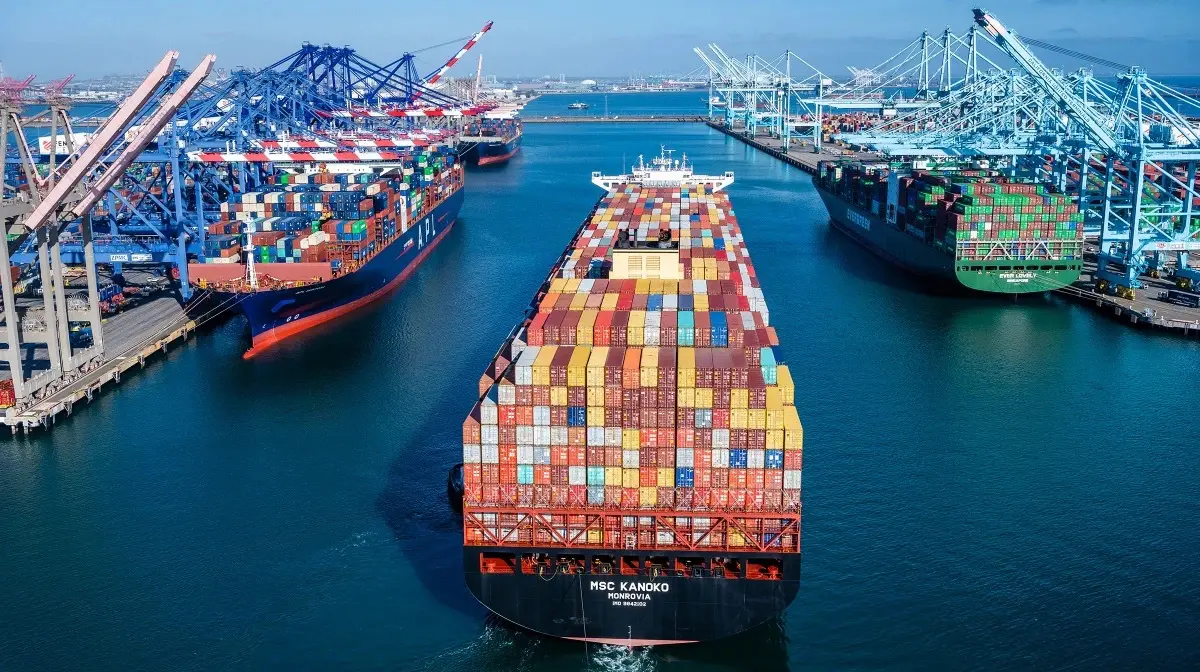YCD Trivia: What is the difference between sea damage in maritime transportation?
If the goods in the sea transportation once suffered the risk, it may cause the loss of goods. Transportation may be subjected to, “sea risk” (including “natural disasters” and “accidents”) caused by the loss, in the insurance business is known as Sea loss” or “loss at sea”, while the goods may be subjected to “external risk” (including “general external risk” and “special external risk”). Losses to which the goods may be exposed as a result of “external risks” (including “general external risks” and “special external risks”) are referred to in the insurance business as “other losses”.

Total loss (actual & constructive total)
Total loss, referred to as “total loss”, refers to the total loss of the insured goods during transportation by sea.
In terms of the nature of the loss, total loss can be divided into actual total loss and constructive total loss.
1.Actual total loss
Actual total loss, also known as absolute total loss, refers to the insured goods in transit completely lost, or has been completely lost the original use, equivalent to all loss.
In the insurance business constitutes the actual total loss of the following cases:
(1) the ship carrying goods suffered a shipwreck and sank to the bottom of the sea, the insured goods are all lost;
(2) The cargo-carrying ship is robbed by pirates, or the ship’s cargo is seized by a hostile country, etc. Although the cargo still exists, the insured’s property right has been completely lost and cannot be recovered;
3) Certain insured goods, such as cement hardened by seawater immersion and tobacco molded by moisture, have lost their original commercial value or use;
(4) In international trade, according to the distance of the voyage and the navigation of the region, such as the cargo ship is missing, no news has reached a considerable period of time, is also regarded as the insured goods have been completely lost.
2.Presumed total loss
Presumed total loss means that the actual total loss of the insured goods has been unavoidable, or in order to avoid the actual total loss, the sum of the costs of salvaging, restoring and repairing the damaged goods, as well as the costs of transporting the goods to the original destination, has exceeded the value of the goods at that destination.
There are several situations that constitute presumptive total loss of the insured goods:
(1) After the insured goods are damaged, the cost of repairing them exceeds the value of the goods after restoration;
2) After the insured goods have been damaged, the cost of organizing and continuing transportation to the original port of destination has exceeded the value of the goods upon arrival at the original port of destination;
3) the actual total loss of the insured goods has become unavoidable and the cost of salvaging the insured goods to avoid total loss will exceed the value of the goods after being rescued;
4) the insured has lost ownership of the insured goods and the cost of recovering such ownership has exceeded the value of the insured goods after recovery.
Partial loss (common sea loss & separate sea loss)
Partial losses are losses that are not actual and constructive total losses. In other words, any loss that is not an actual or constructive total loss is called a partial loss.
Partial losses can be divided into general average and particular average.
1.Common sea losses
Common sea loss refers to the ship in the voyage, when the ship, cargo and other interests in distress, in common danger, the ship in order to maintain the ship, the common safety of the goods or to make the voyage continue to complete, consciously and reasonably make sacrifices or pay for special expenses, these special sacrifices and expenses are called common sea loss.
For example, in order to save the ship and the ship’s cargo, the ship’s captain in order to save the ship and the ship’s cargo, had to order part of the ship’s cargo thrown into the sea in order to reduce the weight of the ship to make the ship floating to safety. Therefore, the cargo is thrown into the sea belongs to the common sea loss.
Another example is that the ship’s propellers failed or fell off during the voyage, causing the ship to lose control. In order to get out of danger, the ship’s captain had to call for help from a nearby port and ask for a tugboat to be sent to tow the ship. The additional cost of hiring a tugboat to tow the ship is also a common sea loss.
Common sea loss generally must have the following characteristics:
(1) the danger leading to the common sea loss must first of all be real, or unavoidable, rather than subjective speculation, and the danger must be to jeopardize the common safety of the ship and the cargo;
2) All measures must be intentional and reasonable for the purpose of relieving the ship and cargo from the common peril;
3) The loss, in turn, must be a direct or reasonable consequence of the common sea loss measures, be of an extraordinary nature and the cost be paid additionally, so that the sacrifice and expense of the common sea loss should be borne by the various interested parties.
2.Separate sea losses
Separate sea loss is relative to the common sea loss, although it is also a partial loss, but it is purely accidental accident caused, and no man-made factors; the loss suffered by the owner of the ship or the goods only involves the ship or the owner of the goods of their own interests, and does not relate to the ship, the goods or even the freight rate of the interests of all parties. The loss directly caused by it should be borne by the cargo insurance interests alone.
